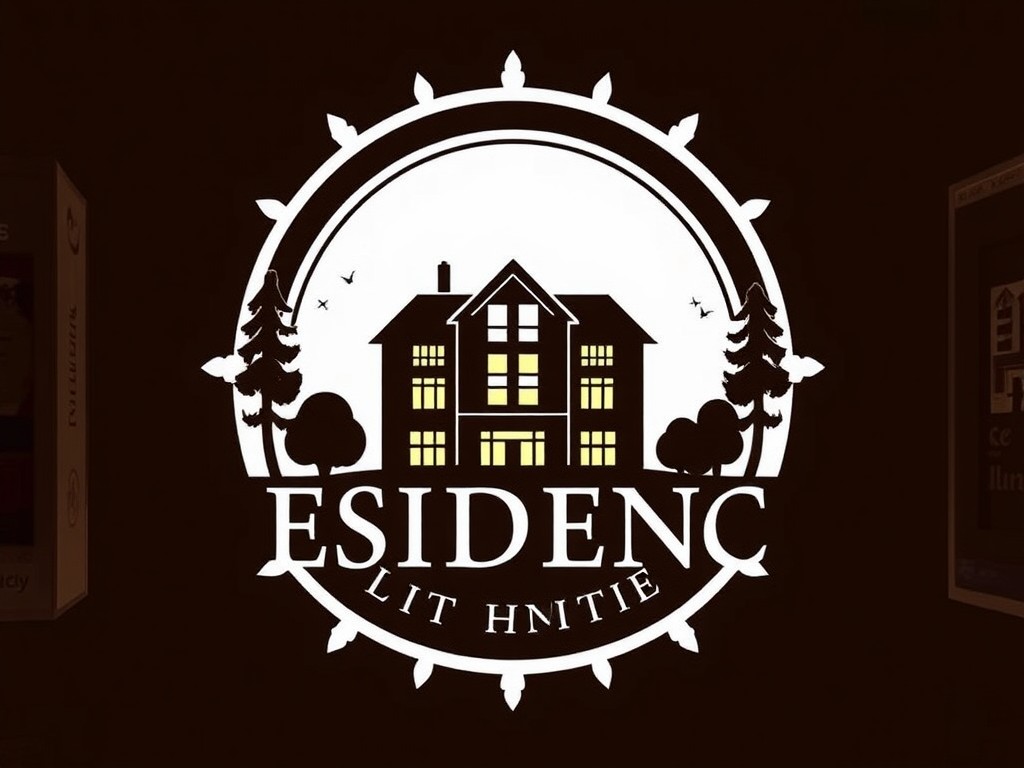Breathing exercises offer powerful tools for managing anxiety and fostering a sense of calm. Simple techniques, such as lengthening your exhale or practicing abdominal breathing, can significantly reduce tension. By integrating these exercises into your daily routine, you can cultivate mindfulness and relaxation. Explore these methods to discover what resonates with you, and begin your journey toward a calmer mind and a more serene existence.
Overview of Breathing Exercises for Anxiety Relief
Engaging with breathing exercises to reduce anxiety plays a pivotal role in managing stress effectively. These techniques can transform the body’s natural response by nurturing a relaxation state when anxiety hits. Among the practical methods is “Lengthen your exhale,” which requires longer exhalation than inhalation. By breathing in for four seconds and exhaling for six, this creates an immediate calming effect, ideal for stressful moments.
Also to discover : Understanding psychology: key concepts everyone should know
Diverse breathing practices, such as abdomen breathing, involve inhaling deeply from the diaphragm, ensuring the stomach—not the chest—rises and falls. Establishing a routine with this exercise enhances its efficiency over time, promoting automatic relaxation when needed. Equally beneficial are methods like the “Equal breathing” technique, where inhaling and exhaling match in duration, creating a balanced state of mind.
Furthermore, practicing alternate nostril breathing offers a mindful path to tranquility. This method shifts the breathing focus, providing soothing effects through conscious inhalation and exhalation. Regularly integrating these exercises into daily life decreases anxiety levels, aligning mind and body into a coherent state of peace.
This might interest you : Mastering Self-Breast Exams: A Step-by-Step Guide to Effective Breast Health Awareness
Effective Breathing Techniques for Anxiety Management
Lengthen Your Exhale Technique
The Lengthen Your Exhale Technique encourages you to inhale deeply for four seconds and exhale slowly for six seconds. This method helps calm the nervous system and induce relaxation. Integrating this practice into your routine can be simple; try doing it for two to five minutes in a comfortable position such as sitting or lying down.
Diaphragmatic Breathing
Diaphragmatic Breathing, often called abdominal breathing, focuses on breathing from the diaphragm rather than the chest. To practice, lie down or sit comfortably, placing a hand on your stomach. As you inhale, your stomach should rise, and as you exhale, it should fall. Practicing daily enhances stress reduction, making it a more automatic response when faced with anxiety.
Equal Breathing Method
The Equal Breathing Method involves inhaling and exhaling for the same duration, promoting balance. Start by observing your natural breath, then transition to counting to four for each inhale and exhale. Practicing this technique in a serene setting, like a quiet room or in nature, can help lower anxiety levels.
Additional Techniques and Their Benefits
Alternate Nostril Breathing
Alternate Nostril Breathing is a mindfulness exercise promoting balance and reducing stress. To perform this technique, sit comfortably. Close your right nostril with your right thumb. Inhale through your left nostril, then close it with your ring finger. Release the right nostril and exhale. Continue by inhaling through the right, then closing it, and repeating the sequence on the left side. This method can enhance calmness and focus, with practice recommended daily for several minutes to achieve optimal results.
Box Breathing
Box Breathing involves inhaling for four seconds, holding the breath for four seconds, exhaling for four seconds, and holding again for four seconds. This cyclical method effectively reduces anxiety and boosts concentration. Practicing regularly, especially during stressful moments, can help maintain consistency and reinforce its calming effects.
Lion’s Breath
Lion’s Breath is an expressive technique featuring a deep inhalation followed by a forceful exhalation with a “ha” sound. By vocalizing, this exercise aids in alleviating stress. It’s best practiced in a kneeling position and during times when you can be expressive, such as during yoga sessions or in private spaces, enhancing its stress-relieving potential.
Guided Approach to Breathing Exercises
Integrating Guided Meditation
Guided meditation is an excellent companion to breathing techniques, enhancing their effectiveness for anxiety relief. These sessions often employ calming narratives that steer the mind away from anxious thoughts, fostering tranquility. Recordings of guided meditation aid in maintaining focus and achieving a state of mindfulness, crucial for relaxation. Selecting a session that resonates with personal preferences and emotional needs is vital. Options where the narrator’s voice and music create a soothing environment can significantly improve the experience.
Utilizing Visualization in Breathing Practices
Incorporating visualization can amplify the benefits of breathwork. Visualizing calm scenarios, such as peaceful landscapes, during deep breathing exercises reinforces a sense of serenity, especially in moments of heightened stress. This technique aligns the mind-body connection, making it a powerful tool in managing anxiety. To maximize its impact, try combining it with practices like equal breathing or alternate nostril breathing, creating a dual effect of physical and mental relaxation.
Professional Recommendations and Tailored Treatments
Consulting a healthcare professional is highly advised for tailored anxiety management plans involving breathwork. They may suggest therapeutic approaches like CBT, highlighting breathing exercises for stress reduction. Exploring diverse methods allows individuals to discover which techniques relieve their anxiety most effectively, ensuring a personalized path to better mental health. Remember, professional guidance can enhance the success of these practices.











